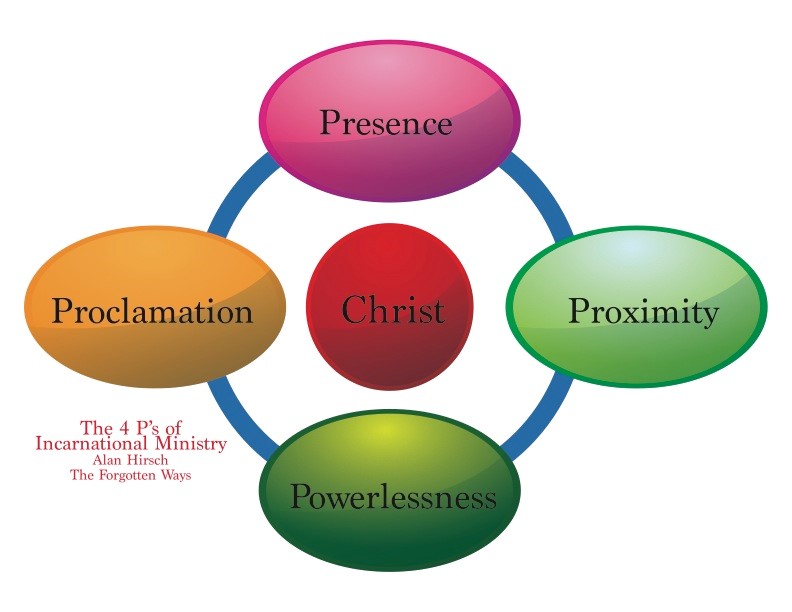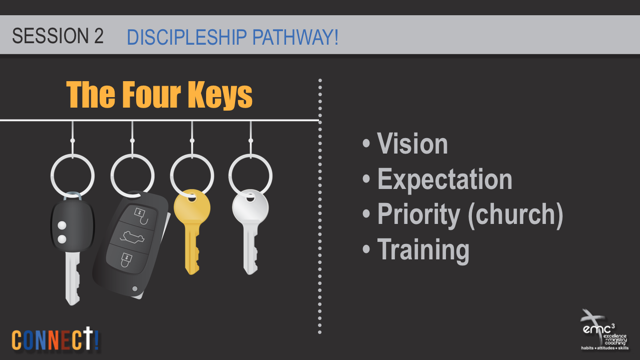October 28, 2014
By Eddie Pipkin
Too hard, too soft, and just right.
Have you heard the tale of Goldilocks and the Three Churches?
Goldilocks visited three churches on three consecutive Sundays, and while she enjoyed the worship at each one, she was particularly interested in how they would follow up with a visitor like herself.
When she visited 1st Church of the Woods, they made her stand up during worship and tell all about herself. They gave her a paperweight with the church logo, brought her a homemade cake later that evening, called her on the phone to see if she was interested in teaching Sunday School, and sent her personal letters from the pastor and two potential spiritual mentors, along with a spiritual gifts assessment and a boxed set of pre-printed offering envelopes. Goldilocks thought they were trying a little too hard.
Next she visited 2nd Church of the Woods, where no one even spoke her to her in worship and later that week she received no phone calls or visits, just an automatically generated generic postcard that said, “Dear Visitor.” She thought their attempts to connect were definitely too soft.
Finally, she visited 3rd Church of he Woods, and the folks at 3rd church got the whole visitor thing just right (and she’s been an active and engaged part of their ministry family happily ever after).
How did they do it? How did they find the elusive balance between too much contact and not enough? How did they decide what the message would be and how it would be delivered?
One of the questions I often get from church leaders, both new church starts and existing congregations, is how to get people who have visited worship connected in a meaningful way.
In the ‘old’ days of doing good follow-up with visitors, it seemed to be sufficient to recognize the visitors in worship, give them an information packet about the church, then have the pastor send a letter of welcome. It was recommended that this happen in the first couple of days following the visit. A phone call from a hospitality team member was considered exceptional hospitality.
Then came the ‘welcome gift’ where the person/family was ‘mugged’ (given a mug with the church logo) or ‘popped’ (given a bag of microwave popcorn with a note that said “thanks for popping in”) or ‘treated’ (given a homemade treat – e.g. fresh baked bread, jam, candies, etc.). Often this gift was given in worship, but those who did follow-up particularly well did a ‘porch’ visit and dropped off the gift with an expression of thanks for joining the congregation in worship.
The rules for the visit in the words of Doug Anderson:
- Be brief
- Be bright
- Be gone
Again, this approach is most effective in the first couple of days following the visit.
Technology has added a whole new dimension to effective follow-up. For example, it is really easy to send a quick text message saying something as simple as “Joe, it was good to have you join us in worship today.” An email follow-up note or reminder about the next worship service or event is also extremely easy and effective.
All of these methods or techniques are valid and valuable and each congregation must determine which work best in its context.
The bigger questions are “how many?” and “how long?”
I suggest a variety of ‘touches’ and a minimum of 4-6 in number. This is a big stretch for many congregations. But looking at the bigger picture, these follow-up ‘touches’ are not just to say ‘thanks for coming’ or even ‘you’re welcome here.’ They are the beginning of what we hope will be a long-term relationship with the church and an eternity in relationship with Jesus. These ‘touches’ are an expression of care and hospitality for the person/family.
The question of timing these contacts is definitely a matter of finesse. There is a fine line between caring and stalking! We want to do enough to show we want the relationship but not so much that we come across as desperate or creepy. One way to walk this line is to spread out the contacts or touches over a several week period.
Most people do not go from 0-60 in one week when it comes from non-participation in a faith community to becoming fully engaged in one. Things come up. Other commitments have been made. The kids are having a bad day. The family was traveling.
Spreading out the ‘touches’ over a period of several weeks creates a sense of caring without being too pushy. We want visitors to feel welcome and wanted while we are giving them a sense of a safe environment where they are free to engage and grow at their own pace.
All of us have things that have worked particularly well in our own particular setting, and others can learn from our experiences. Join the conversation by sharing some of your best practices for following up with visitors. (And conversely by sharing your misses as well!) You can do this in the comments box below.



Leave A Comment